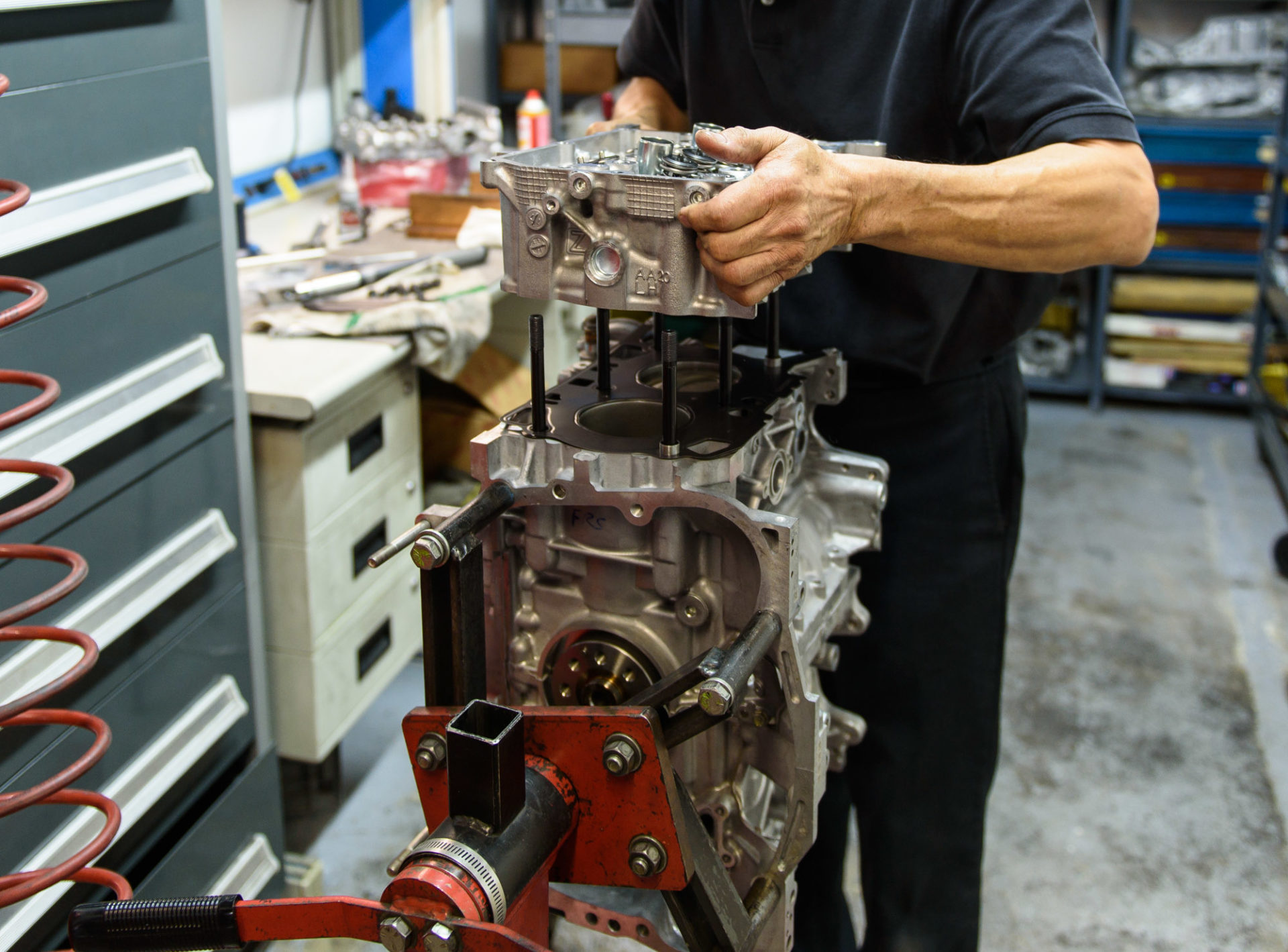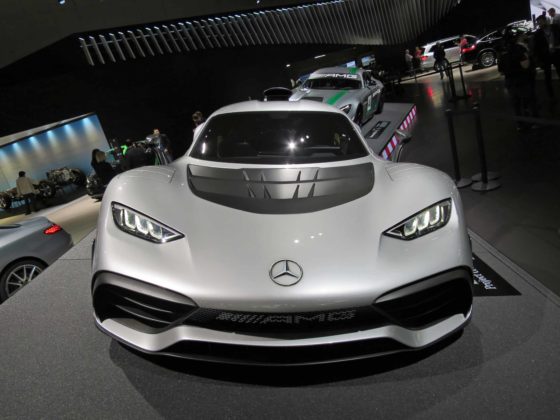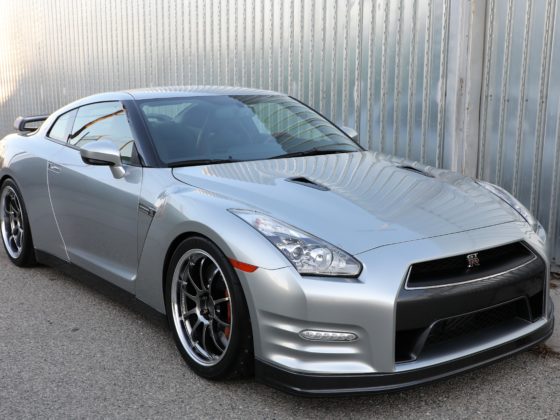,

Most people don’t know it, but valve springs get very hot at high rpm. WPC treating the retainers improves the fatigue life and adds some lubricity to the spring interface. Springs often rotates in use.

WPC also makes a huge difference in the camshaft and follower life, easily more than doubling it.

Swain Tech’s GoldCoat thermal barrier coating is a three-layer coating consisting of a proprietary combination of different ceramics. Swain’s Gold Coat is designed to withstand the stress of forced induction motors. GoldCoat reduces heat transmission to the underlying metal by 20-40 percent. This helps protect the piston from detonation-induced heat as well as reduces thermal expansion. Since pistons do not have the benefit of water jackets like those in cylinder heads, keeping heat out of them is a good thing.
Swain Tech’s GoldCoat transfers heat through the surface of the coating, but not past it to the underlying metal. This promotes even heating across the piston crown, thus helping to reduce hot spots and promoting an even burn for good flame travel.
Swain PC-9 piston skirt coating is made of molybdenum disulfide and tungsten disulfide in a heat-conducting polymer resin matrix to make a tough, lubricious surface. PC-9 resists “creep” under thrust loads. Creep is an engineering term for force induced distortion. This causes the coating to smear and stick under load and causes tolerances to change. PC-9 is also heat conductive. Since the primary way a piston cools itself is through conduction to the cylinder walls, you do not want to insulate the skirts!
The coating itself tightens the piston to wall clearance by about 0.0012″ then burnishes in and we feel that this will help us get the tightest possible piston fit for less slap, less friction, happier rings and long life.

The Newen cuts a true radius valve job that blends the combustion chamber to the valve seat to the port in a smooth flow increasing radius. The Newen also opens up the port in the valve area for more overall area for gas flow. With some hand blending in conjunction with a Newen cut valve job, you can have a port that flows almost as good as a fully ported cylinder head.

Howard used an old stock valve to protect the newly cut valve seat while doing this operation.




4 comments
Man, the FA is just not a power motor.
Not the Subaru, but just wanted to drop a line congratulating Michele on her GT-1 podium at the runoffs.
I’m curious why the pistons were coated after wpc treatment. Wouldn’t the tiny dimples caused by wpc be smoothed out or removed by the coating building up? Was wpc just for strength benefits? I’m also confused because I thought I’d read wpc treatment could be done to coated surfaces. Did they mean something harder like chrome?
Thanks in advance for any reply
I was using the WPC for ring groove freeness and longevity and to reduce the galling of the piston up there. WPC can be done to stuff like nitriding and hard chrome but it will remove organic coatings.